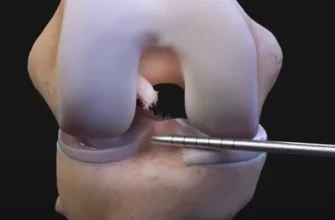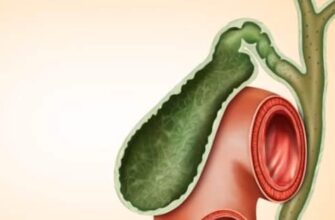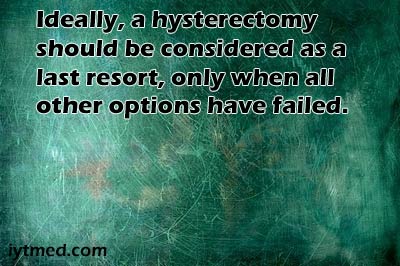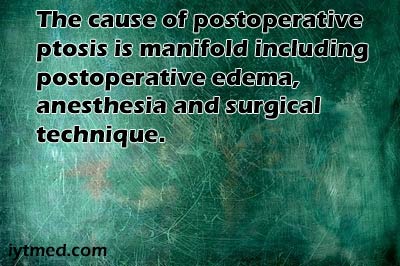What should you expect after gallbladder removal surgery? Gallbladder removal, also known as cholecystectomy, is one of the most common surgeries performed in the United States. While the procedure itself is routine, the recovery period can vary significantly from person to person.
What Happens Right After Surgery?
Immediately following gallbladder removal, most patients experience some degree of pain, particularly around the incisions. Laparoscopic cholecystectomy, which is the most common method, typically results in less post-operative pain and faster recovery compared to open surgery. Most patients can go home the same day or within 24 hours.
Pain medication will be prescribed to help manage discomfort, and it’s crucial to follow the recommended dosage to avoid complications. It’s also important to note that you may feel groggy or disoriented due to anesthesia—this is completely normal.
Did you know?
Over 300,000 gallbladder removal surgeries are performed annually in the U.S., making it one of the top ten most common procedures (source).
How Long Does Recovery Take?
The average recovery time for a laparoscopic gallbladder removal is about two to three weeks, whereas an open cholecystectomy may require six to eight weeks for full recovery. Factors such as age, overall health, and whether there were any complications during surgery can impact how long it takes you to get back to your normal routine.
Table: Average Recovery Time for Gallbladder Removal
| Type of Surgery | Recovery Time |
|---|---|
| Laparoscopic Cholecystectomy | 2-3 weeks |
| Open Cholecystectomy | 6-8 weeks |
It is advised to take it easy during the initial weeks, avoiding heavy lifting and strenuous activity until your doctor gives you the green light. Walking is encouraged, as it promotes circulation and reduces the risk of blood clots.
Average Recovery Time Based on Gallbladder Surgery Type
| Surgery Type | Average Recovery Time (Weeks) |
|---|---|
| Laparoscopic Surgery | 2 Weeks |
| Open Surgery | 4-6 Weeks |
This histogram shows the differences in average recovery time between laparoscopic and open gallbladder surgery, highlighting which method typically involves a shorter recovery period.
Managing Digestive Changes After Surgery
Will I need to change my diet after gallbladder removal? The gallbladder stores bile, which helps digest fats. Without it, your liver still produces bile, but it is less concentrated, which means your body may struggle to digest fatty foods efficiently. Many patients experience digestive issues such as bloating, gas, or diarrhea during the first few weeks or months post-surgery.
Frequency of Digestive Issues After Gallbladder Removal
| Digestive Issue | Percentage of Patients (%) |
|---|---|
| Bloating | 40% |
| Diarrhea | 30% |
| Nausea | 20% |
This histogram illustrates the frequency of common digestive issues experienced by patients after gallbladder removal, highlighting which symptoms are most prevalent.
To help with this, it is recommended to follow a low-fat diet initially. Avoid greasy foods, fried items, and large portions of fatty meats. Over time, you may be able to reintroduce these foods in moderation, but it’s best to listen to your body and avoid anything that causes discomfort.
Did you know?
About 40% of patients experience mild digestive disturbances after gallbladder removal, which typically improve within three months.
Tips for a Smoother Recovery
- Follow a Gradual Diet: Start with clear liquids, then move to soft foods before reintroducing solid meals.
- Stay Hydrated: Drink plenty of water to aid digestion and avoid constipation.
- Avoid Heavy Lifting: For at least the first two weeks, refrain from lifting anything heavier than 10 pounds.
- Take Short Walks: Gentle movement will help keep your circulation active and prevent complications like blood clots.
Recommended Physical Activity Levels During Gallbladder Surgery Recovery
| Recovery Week | Physical Activity Level |
|---|---|
| Week 1 | Light Activity |
| Weeks 2-3 | Moderate Activity |
| Week 4 and Beyond | Intense Activity |
This histogram demonstrates the recommended levels of physical activity for patients during recovery from gallbladder surgery, showing how activity should gradually increase as recovery progresses.
Long-Term Lifestyle Changes
While many patients return to a normal diet after a few months, some may need to adopt long-term changes to avoid digestive discomfort. A high-fiber diet, including fruits, vegetables, and whole grains, can be beneficial. Some people may also benefit from digestive enzymes to help break down fats more effectively.
The cost of digestive enzyme supplements varies, but they typically range from $15 to $30 per month, depending on the brand and dosage. Discuss with your doctor whether these are necessary in your case.
Complications to Watch Out For
Although gallbladder removal is generally safe, it’s important to monitor for signs of complications. If you experience severe pain, fever, or jaundice (yellowing of the skin and eyes), contact your healthcare provider immediately. These could indicate infection or other post-surgical complications that require prompt treatment.
Our Editorial Team’s Advice
Recovering from gallbladder removal surgery is all about patience and listening to your body. Take it slow, follow a gentle diet, and be mindful of how your body reacts to different foods. If you’re experiencing persistent digestive issues, don’t hesitate to consult your healthcare provider for advice tailored to your specific needs. Remember, a successful recovery is about more than just healing your incisions—it’s also about learning how to adapt to your body’s new way of digesting food.









